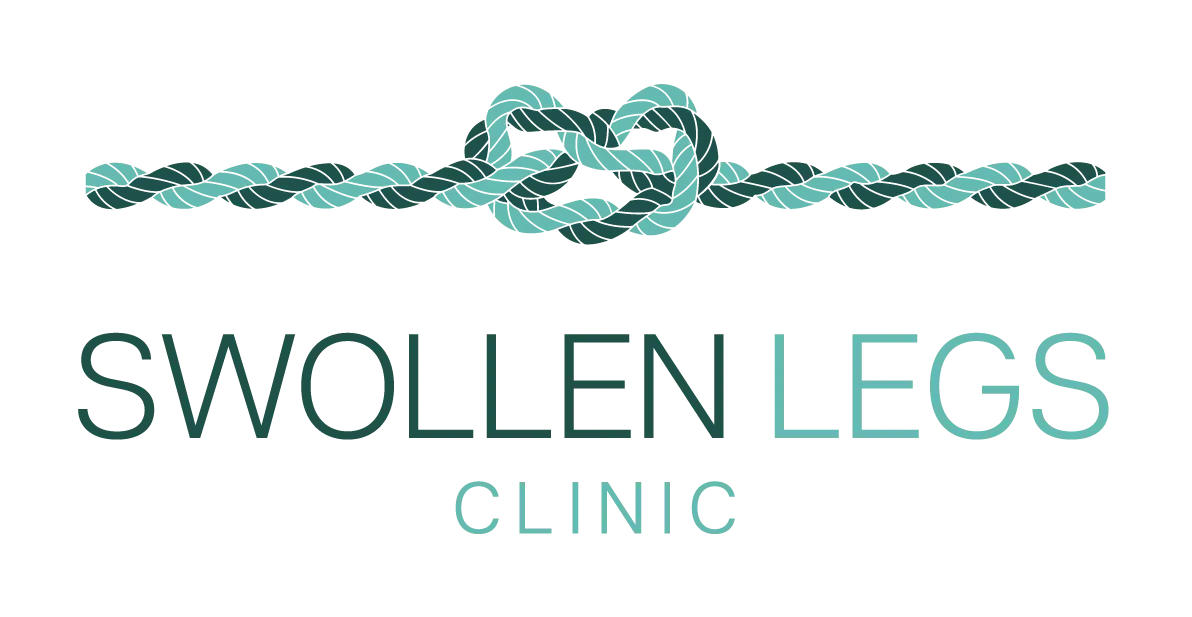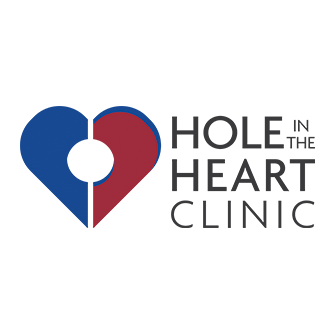Ultrasound Guided Sclerotherapy Is Highly Effective
Traditionally invasive varicose vein surgery was required to remove abnormal veins that are not visible on the skin, but with ultrasound guided sclerotherapy our medical professionals can accurately direct injections into the diseased veins whilst avoiding vital structures.
The detergent sclerosant solution is converted into foam with the addition of a small amount of air. The use of foam has proved to be advantageous in patients with varicose veins.
Published studies from Australia and New Zealand support the safety and efficacy of foamed sclerosants. The Australasian College of Phlebology in (2004) has developed guidelines for the use of both sclerosant solution and foam. The Therapeutics and Goods Administration (TGA) have approved the use of sclerosant solution for clinical use in Australia several years ago. However, this approval was granted before Foam Sclerotherapy was introduced and properly evaluated. Applications have been made to the TGA for the use of foam, but this approval process takes time. Until then, the use of foam does not have formal TGA approval. However, foam can be used as an “off label “product provided consent has been obtained and if there is a benefit to the patient. Should you have varicose veins then using foam is now considered a more effective option.
Ultrasound technology guides the placement and number of injections required according to the disease process which is not possible by treating the surface veins only. Namely the source of the pathology, the size of the vein and volume and concentration of sclerosant required and where the disease vein ends. The ultrasound is then used to assess the success of the treatment and guide any additional treatment if required. It is Dr. Lekich’s firm opinion that blind injections into a vein is not the highest standard of care.
Ultrasound guided sclerotherapy is not a blanket cure for varicose veins, and as such it cannot prevent the development of new varicose veins over time. That said, treating existing damaged veins will slow down the development of varicose and spider veins.
It is important to realise that successful and safe sclerosant injection into a vein is more than just targeting the surface pathology. Detergent sclerosants have been available for 80 years however how they interact with the blood and vein wall is now becoming clearer by recent research. One prominent international researcher is Australian Professor Kurosh Parsi in Sydney who is the World President of the International Union of Phlebology and was Dr Lekich’s supervisor for his fellowship training. This research has changed Dr. Lekich’s approach to fine tune ultrasound guided sclerotherapy which is one of the cornerstones of modern non-surgical/ non-stripping treatment approaches of varicose vein management.
Endovenous laser ablation (EVLA) and Ultrasound Guided Sclerotherapy (UGS) enables safe and effective treatment of the most complex and severe varicose veins and is not a temporary cosmetic solution for varicose veins.
For patients with symptoms that suggest a hole in the heart (or patent Foramen Ovale), an onsite test can be performed to ensure high risk patients are screened and stroke risk managed prior to undergoing a UGS procedure.
One in four people have a hole in the heart.
Symptoms for a hole in the heart include:
- Migraines with Aura
- Stroke
- Exercise Intolerance
- High Blood Pressure
- Brain Fog
- Fatigue
- Shortness of Breath
- Dizziness
The test carried out onsite is called a Transcranial Doppler. The Transcranial Doppler is the most sensitive way to flag a hole in the heart. It is more sensitive than a transoesophageal echocardiogram (TOE) and a trans-thoracic echocardiogram (TTE). A general anaesthetic is not required. Apart from the ‘drip’ in the arm or leg, it is a painless test that uses ultrasound to detect real time measures of blood flow velocity throughout certain parts of the vascular system in the brain. The TCD test requires a small amount of saline solution with micro bubbles to be injected into a vein while brain activity is monitored. If any of the micro bubbles have reached the brain, this is an indication that unfiltered blood is circulating through the body. The number of micro bubbles that reach the brain can be accurately counted to determine how significant the abnormality is. The test is very safe and the micro bubbles dissipate quickly.









